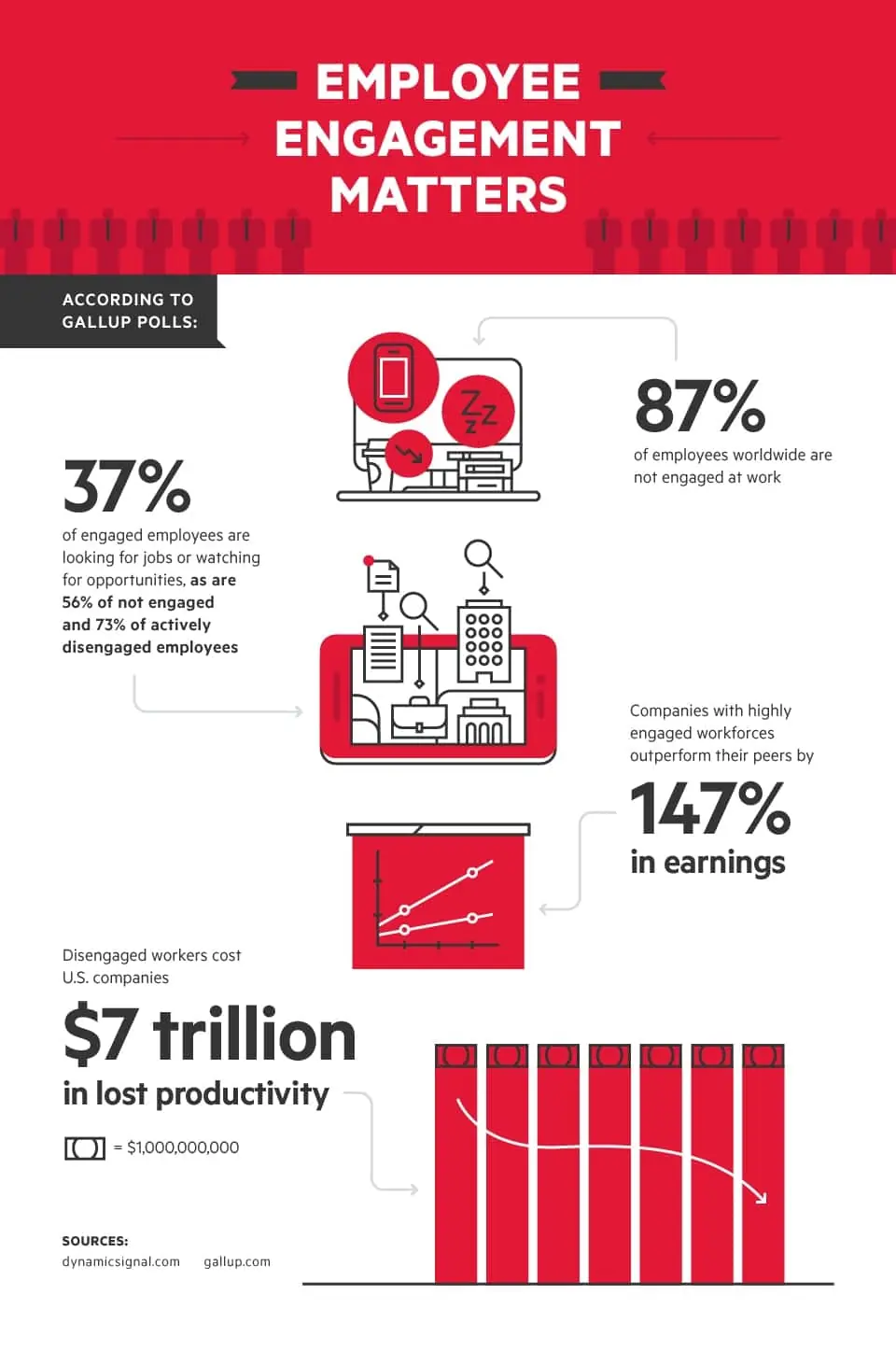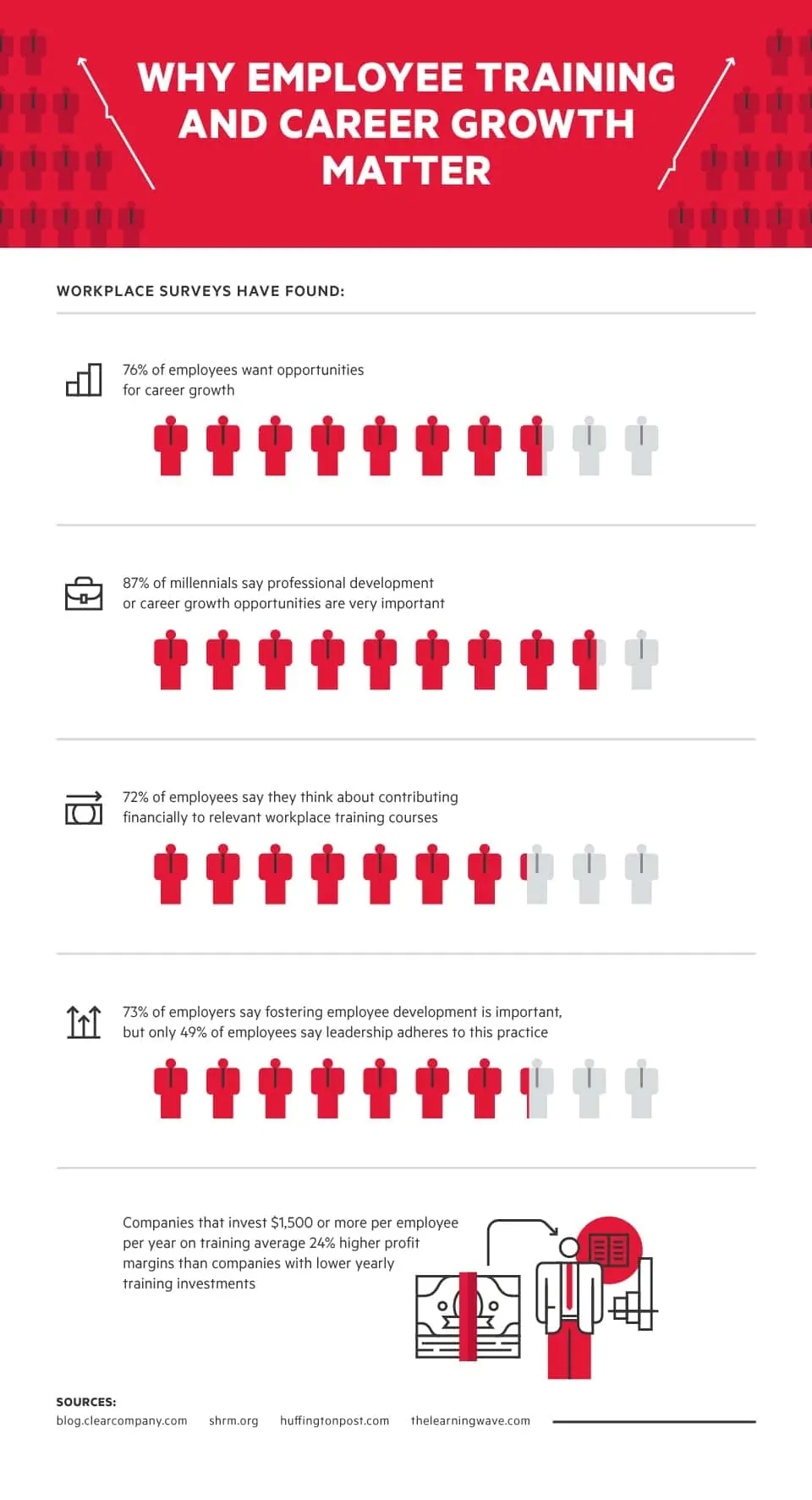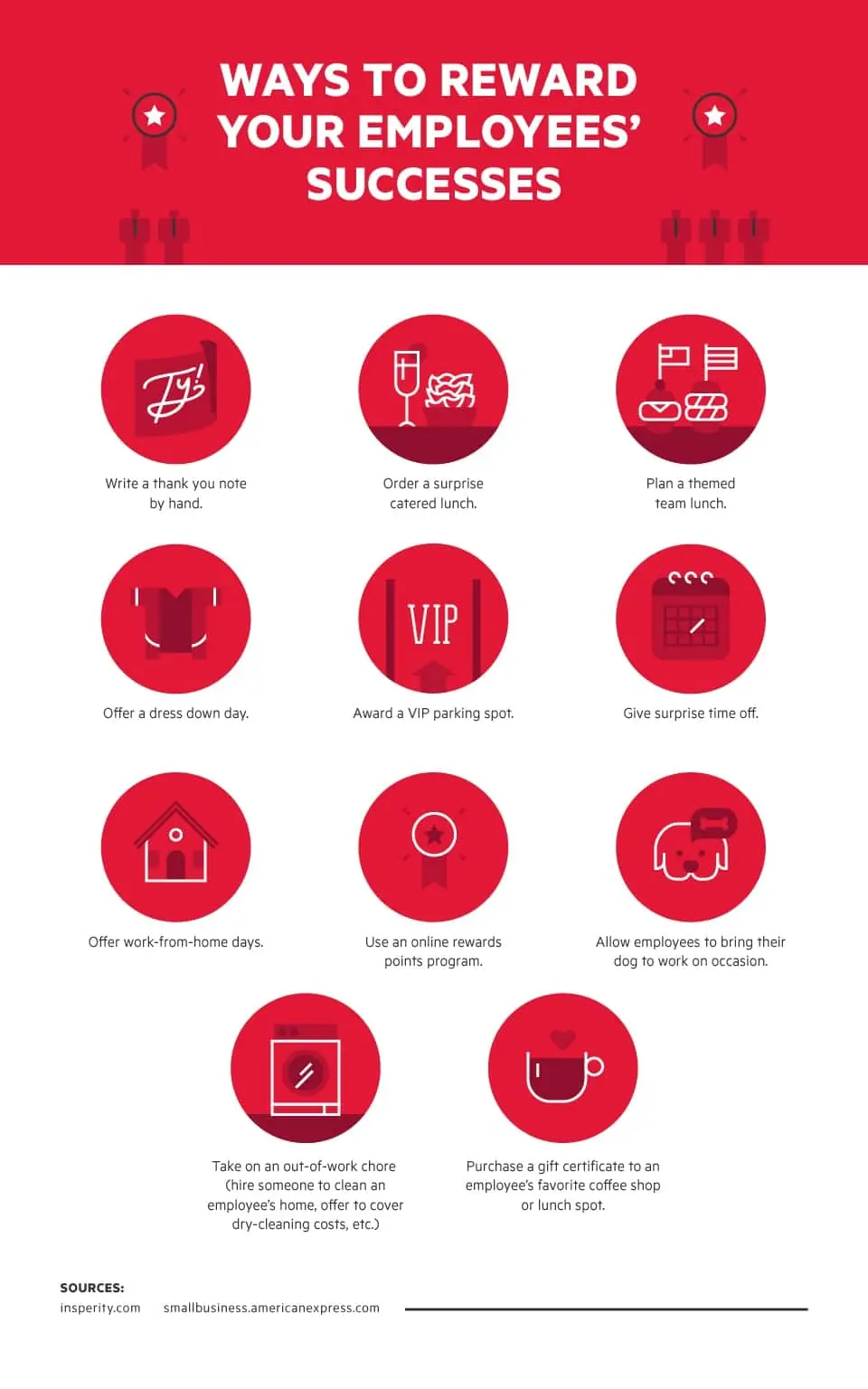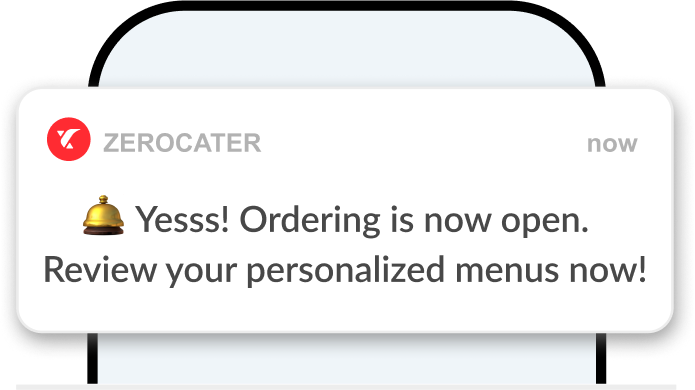In today’s career landscape, millennials are paving the way for how we rethink and reconstruct the workforce. Employees now expect transparency, opportunities for growth, and a workforce experience that is both challenging and fun.
Culture, values, and vision all tie into the employee experience. Companies examine every aspect of work—meetings, management, systems, and communication—to create an experience that ensures employees feel supported, welcomed, and heard.
We’re going to look into what the employee experience is, why it matters, and how a company can improve. This will help employers attract and retain top talent, provide a productive and fulfilling place to work, and simply make teams happier—both professionally and personally.

What Is Employee Experience?
The definition of employee experience can differ from place to place, but Culture Amp defines it as “what people encounter, observe, or feel over the course of their employee journey at an organization.”
In other words, it’s basically how an organization interacts with its employees. It’s also all-encompassing to someone’s tenure, from the time they interview to when they become an alumnus. If you do employee experience right, you’ll most likely have a satisfied interviewer, employee, and alumni.
Why Employee Experience Matters
According to a Gallup report, more than half of the U.S. workforce is not engaged at work—and that’s a problem for employees and employers. Disengagement has several negative consequences. For starters, a dissatisfied worker may lack the motivation to perform up to par, and companies with unhappy workers are known to experience a loss in profits. A disengaged employee is also more likely to quit, which does not bode well for employee retention, company culture, and performance.
In certain circumstances, an employee who is unsatisfied may speak poorly of his or her employer, either verbally or online on review sites such as Glassdoor.com. This can have a lasting effect on an employer’s reputation.
A satisfied and cared-for teammate, on the other hand, often performs better, stays at the company longer, speaks highly of the organization, and helps boost company morale. An employee that feels valued, challenged, and seen will lead to more positive referrals, healthier retention rates, and a better-oiled organization. Most importantly, it reflects the fact that the organization cares about its people, which should be the top priority for every company.
How to Improve Employee Experience
No matter what type of company you run, these suggestions are a great starting point to improve your employee experience. Trust us: Taking the time to try out some or all of these strategies can help you attain happier workers, a healthier culture, and a more profitable company.
Remember that first impressions matter
Employee experience starts well before a new hire’s first day on the job. Instead, it begins at the first touch-point: when you send the recruitment email. Make sure to use your recruiting process as a way to not only instill confidence in your prospective employees but as a way to surprise and delight them as well. Recruiting is a two-way street, and you want to make sure you impress the people who come in to interview. (Who knows, they may end up being your future CEO.) Small details—such as having friendly and prompt email exchanges prior, offering water or a snack before the interview, and sending a thank you afterward—will make a great first impression.
Provide opportunities to grow
While it’s important to set expectations and performance goals for your employees, you also need to recognize that there is always room for people to grow into their roles. You should take the opportunities to do just that! This could be in the form of letting workers take professional development classes, setting employees up with a mentor, or putting together a career path, or a step-by-step plan for how they can take on more responsibility and be promoted over time. You want to make sure employees know they won’t be stuck in one role at one pay grade.

Reward, recognize, and review
It’s imperative you recognize and reward your employees when they do great things. Don’t just focus on the big wins either; the small things are often overlooked but will make an employee feel special. You can recognize employees by giving them a handwritten card, gift certificate, or a free lunch. Other companies offer online reward points, too, where “points” can be redeemed for products or cash. Some examples include Bonusly and Bucket-list. Moreover, good performance review systems are also important to recognize good work and find places where workers can improve. It’s vital that employees receive consistent, constructive feedback and understand their strengths and weaknesses so there are no surprises when it’s time for an annual review. A smart system that allows an employee to talk about his or her performance with a manager is way better than never knowing how they’re actually “doing.”

Use productivity apps
There are tons of workplace apps that not only improve productivity, but also help promote team engagement. Slack, Microsoft Skype for Teams, Google G-suite, Basecamp, Asana, and Trello allow teams to align, work together, and collaborate in real time. These apps are also helpful for larger and dispersed teams who want to feel connected to one another, especially if they don’t work on the same floor—or even the same state. Having a way to communicate, connect, and collaborate with one another, even virtually, helps everyone feel like their work is valued.
Make life easier
Sometimes work systems can do more harm than good. Remove barriers for employees so they can do their jobs easier and not feel frustrated by antiquated systems that lead to red tape and hassle. For example, get rid of hard-to-use expense reports and invest in an app like Expensify that takes photos of receipts and automatically sends your report to someone in HR for approval. Instead of a lengthy vacation request form, use a calendar or other online tool that allows your manager to quickly review your time off. And make sure to invest in a meeting system so it’s easy to invite coworkers, set up conference calls, and implement screen shares and video calls. Employees don’t want to feel like they’re wasting time on small tasks; they want to feel like they can be productive and focus on the work that matters.
Get employees moving!
There’s a market of wellness apps that can bring a little competition, fitness, and fun to the workplace. Keeping employees healthy is an important aspect of employee happiness. Fitness and wellness apps show you care about employee wellbeing and overall health. You can find apps that help employees get up and out from behind their desks (Hotseat), relax and meditate (Meditation Studio), track food (MyFitnessPal), and take effective power naps (Power Nap App). Focusing on wellness also shows employees that the company cares about them as people, not just workers, and reminds everyone that health and wellness choices should be made in the workplace, too.
Hire a diverse team
It’s important that every employee feels like they belong. Having a diverse team, taking into account age, ethnicity, gender, sexuality, and work experience, ensures each person feels like they’re not alone. Plus, as the saying goes, “If you hire more of the same, you’ll get more of the same.” Studies also show that organizations who focus on diversity and inclusion have increased employee engagement, decreased retention rates, and increased creativity. Not surprisingly, a diverse team has proven time and time again to produce better results. Hiring employees who have lived different experiences and have different perspectives is a critical component of a satisfied workplace.
Include employees in the process
Bring employees into the conversation. Don’t make it feel like a top-down experience where only the directors on a team deploy the experience. Get feedback from every team member on how to improve your process, and provide opportunities to share ideas on what to add, remove, or change about your process. Employ peer-to-peer recognition, too, so colleagues have the chance to recognize one another and take part in creating the experience. This helps establish connection and trust and instills meaning in each person’s actions. Remain open to iterating the process so it works for everyone and each employee feels recognized and appreciated.
Conclusion
Employee experience goes far behind annual raises, vacation time, and a pat on the back every now and then. Improving your employee experience can help you create a happier, healthier, and more productive work environment for everyone.


